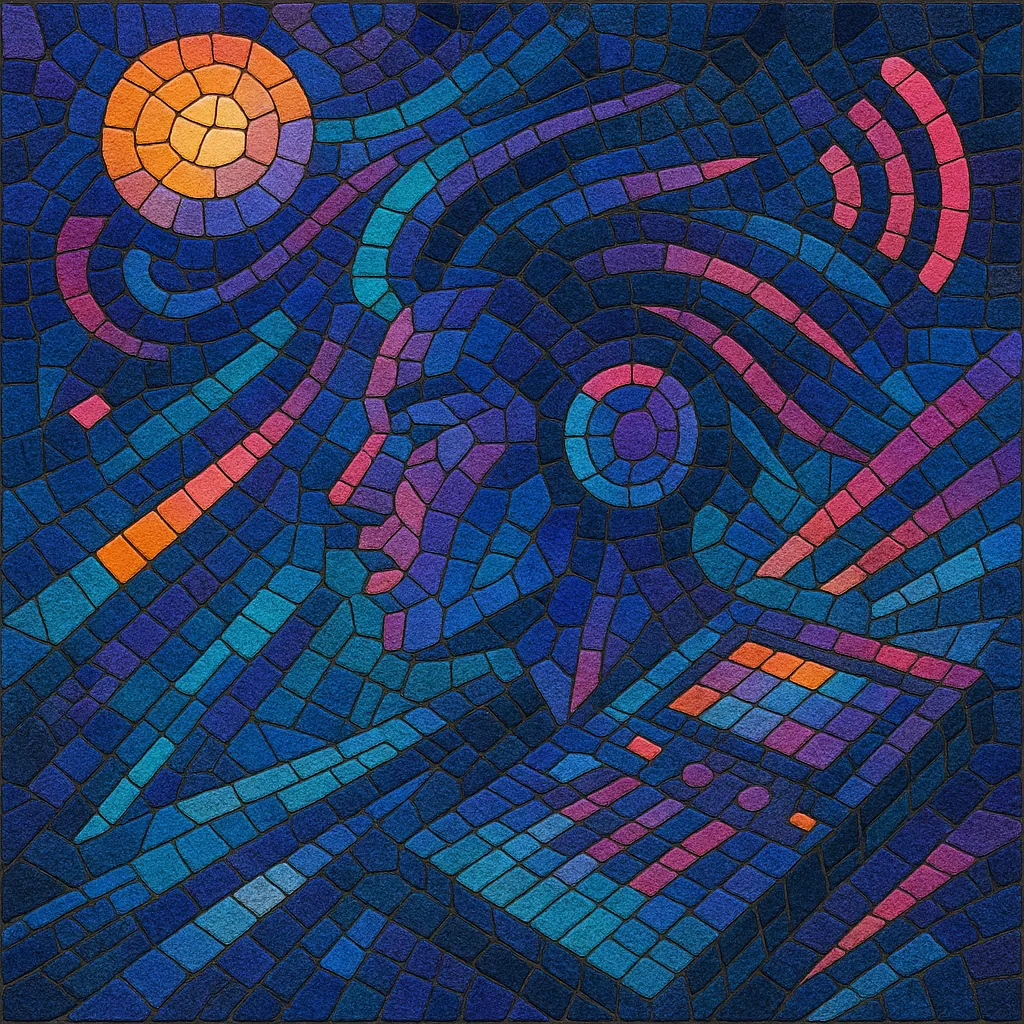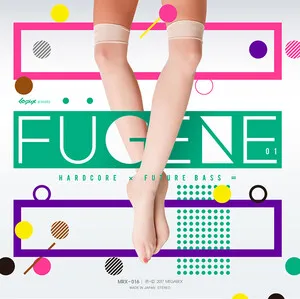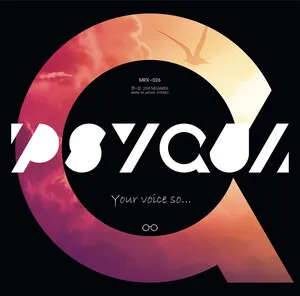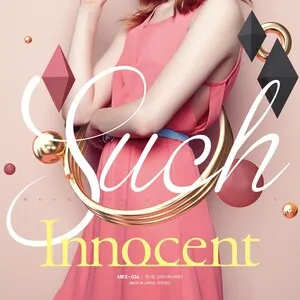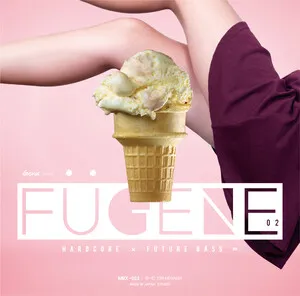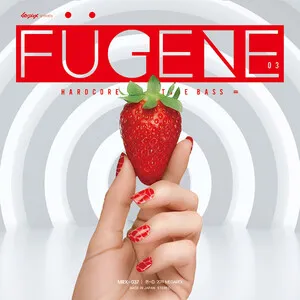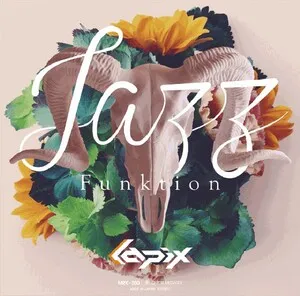Future core is a high-energy, hyper-melodic branch of hard dance that fuses the speed and euphoria of hardcore with the shimmering sound design and lush harmonies of contemporary EDM. Typical tempos sit around 160–175 BPM, with pounding four‑on‑the‑floor kicks, bright supersaw leads, and sidechained chords delivering an intense yet uplifting rush.
Stylistically, it draws on trance-like progressions, festival‑scale builds, and glossy, game/anime‑influenced aesthetics. Vocal chops (including Vocaloid or J‑pop hooks), rapid-fire arpeggios, and dense FX fills are common. Production is crisp and digital, emphasizing tight low‑end, sparkling highs, and vivid, technicolor textures that feel both nostalgic and futuristic.
Future core emerged in the early 2010s from circles that already loved fast, euphoric dance music—particularly Japanese doujin/J‑core communities and the broader UK hardcore lineage. Producers began blending the driving pulse of happy/UK hardcore and freeform hardcore with trance‑style chord writing and the glossy, future‑facing sound design popularized by EDM and future bass.
As online platforms and rhythm-game ecosystems (e.g., doujin compilations, BMS/Sound Voltex scenes) provided venues for rapid stylistic exchange, a recognizable palette formed: 160–175 BPM four-on-the-floor beats, supersaw stacks, arpeggiated leads, and cinematic builds/drops. The style’s identity also leaned into anime/game culture—cover art, vocal timbres (including Vocaloid), and bright tonal spectra—cementing its highly emotive, technicolor aesthetic.
Through streaming, DJ sets, rhythm-game placements, and cross-pollination with adjacent hard dance and EDM scenes, future core spread globally while remaining especially strong in Japan’s producer communities. Modern iterations often hybridize with hardstyle sound design, electro house drum architecture, or future bass chord voicings, but the core recipe—fast tempo, euphoric harmony, glossy leads—remains consistent.

